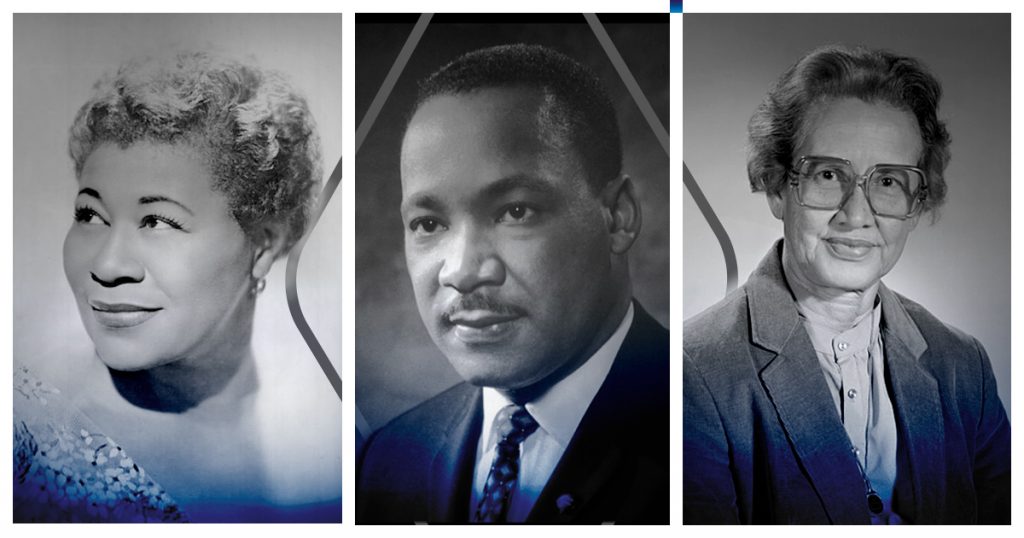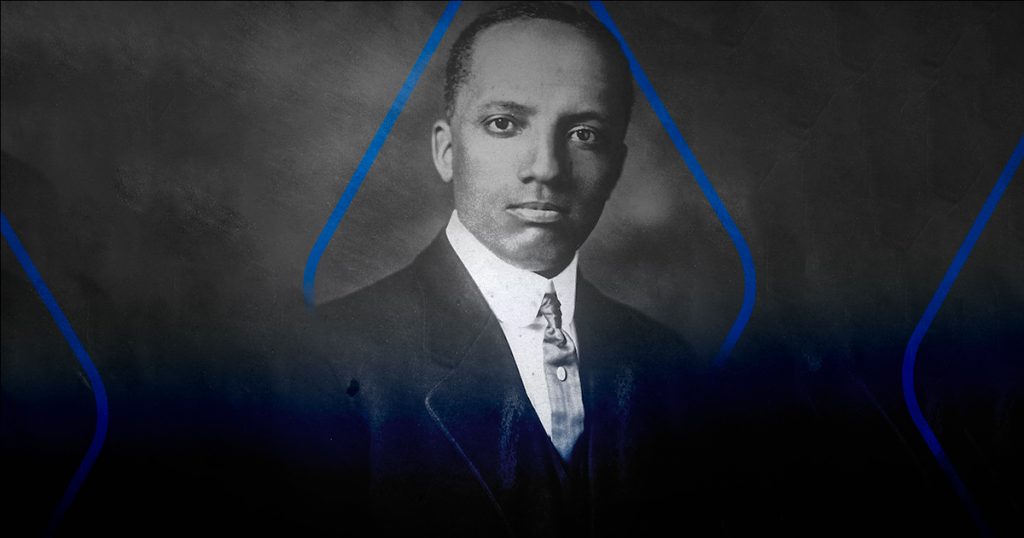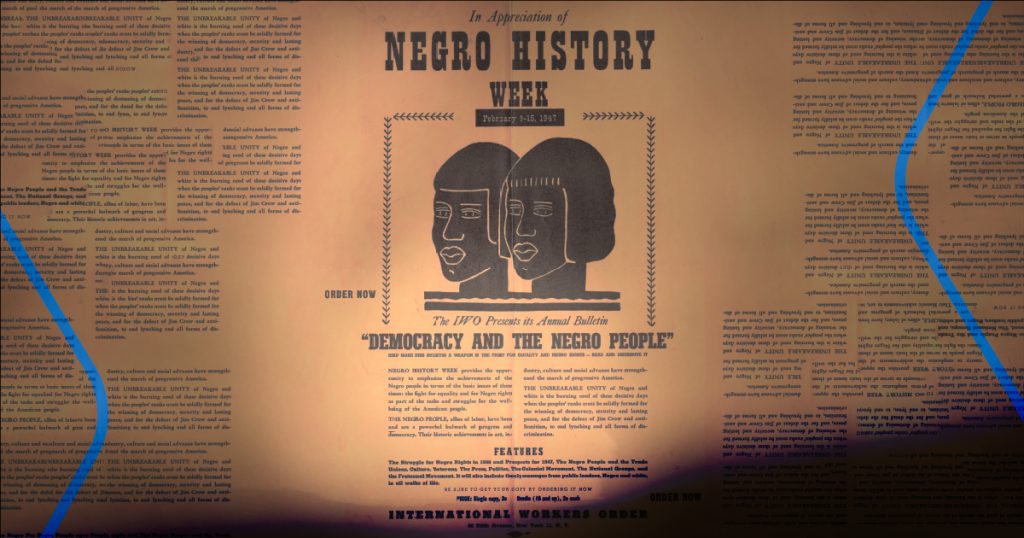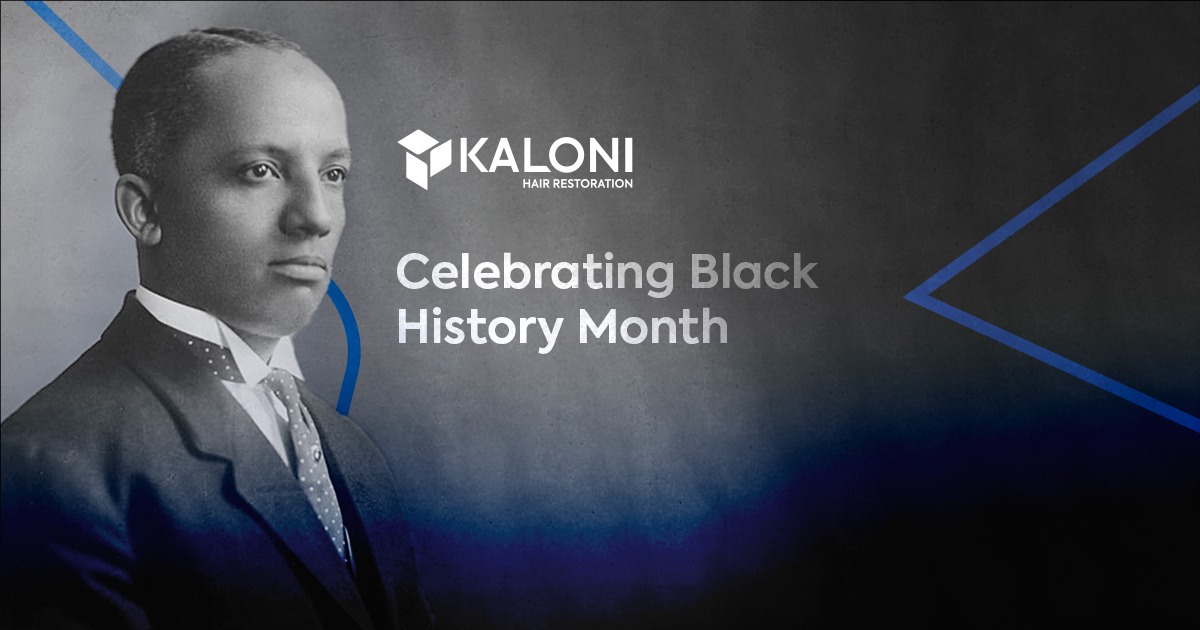Celebrating Black History Month
What do Serena Williams, Barack Obama, Rosa Parks, and Toni Morrison have in common? They are all black history-makers.
Every year, across the United States, Americans celebrate Black History Month during the month of February. It is a nationally-observed holiday dedicated to celebrating important figures and events that are part of African-American history and the wider history of the African diaspora. Presently, the month-long holiday is also celebrated in other parts of the world, including Canada and the United Kingdom, where it is observed in October.

The important figures who are celebrated during this holiday are Black people who made history by contributing to their community in some way, like activism or politics, or by excelling in a field such as sports, science, or the arts. Think Martin Luther King Jr., Simone Biles, Ella Fitzgerald, or Katherine Johnson, the beloved NASA mathematician, just to name a few. Meanwhile, the important events that are remembered during this month are key moments or turning-points in African-American history that affected the community or helped shape a communal identity.
The history of Black History Month dates back to 1926, when historian Carter G. Woodson, a Black Harvard graduate, created “Negro History Week” in order to highlight the contributions of outstanding members of the Black community. His vision was to celebrate this week in schools and educational institutions across the country, so that both white and Black Americans became more aware of these contributions and began to regard Black history as part of American history, with characters and events just as worthy of being remembered. In other words, Woodson’s goal was to assert the importance of Black people in American society not as white people’s property or menial workers, but as equal human beings and participants in the historical development of the country.

Over the years, Woodson’s vision for a nationally-observed holiday became true, and in 1976, President Gerald Ford declared February “Black History Month.” As a result, BHM began to be celebrated not just in schools and universities, but also in almost every sphere of American public life: there are Black movie screenings and film festivals, street performances, museum exhibitions, and all sorts of public events for young and old.
Generally speaking, Black History Month is characterized by the following actions:
Remembering
One of the consequences of the racism that oppresses the Black community in the United States is that, before Black History Month, the contributions of Black people to American society were not considered to be part of “American history,” so they were not recorded in history books, included in school curricula, or even attributed to the right person sometimes. As a result, the names of Black achievers and leaders faded into oblivion, and other elements of Black history and culture remained unknown by both black and white Americans.
And so, one of the main goals of BHM is to remember: to make an effort to research Black history, to read about it, and to remember it collectively. This kind of remembering is a form of activism and resistance in the face of the systemic erasure that seeks to keep Black history in the margins of “American history” books. If we remember it, it means it existed; if we remember, we exist.

Educating
An important part of remembering is ensuring that the next generations of Americans also learn about Black history and that the work of activists and leaders of the past does not go to waste. Because of this, it is so important that schools, universities, and cultural institutions of all kinds make it a point to celebrate Black History Month and organize activities that facilitate learning about it. Whether it’s a school play, a field trip, or simply lesson plans centered around Black history, what matters is that the youngest members of American society grow up knowing about Black history and its importance to the country.
Celebrating
Black History Month is an active attempt to undo the damage of centuries of black invisibility and exclusion, but it is also a time to celebrate Black culture as a whole. It is a time to celebrate the fact that, despite centuries of violence and oppression, Black people are still here and they are still thriving, achieving firsts and making history, like Kamala Harris recently becoming the first woman and first Black and Indian Vice-President.
This month-long holiday is the perfect time to celebrate everyone and everything that is part of the Black community and to continue to assert its place in American society.


